Dog in a doghouse
Monogrammed "C. J. "lower right
Pencil on paper
17 x 13 cm
Mark of the Collection of Doctor Albert Finot "AF" (Lugt 3627) lower left
Vintage mount, morden frame 33 x 29.5 cm
Provenance :
Albert Finot Collection
Private collection, South West France
Charles Jacque had a particular fondness for animals, which he often drew and painted. He often drew and painted sheep, and sometimes other farm animals, so this true portrait of a dog is particularly interesting.
He drew not just a dog in the doghouse, but a real genre scene: the little dog has caught its paw in the chain to which it is tied and seems to be calling for help to be rescued.
It's a very accomplished and endearing piece of work.
Charles-Émile Jacque (23 May 1813 – 7 May 1894) was a French painter of Pastoralism and engraver who was, with Jean-François Millet, part of the Barbizon School.
He was part of the first generation of painters to leave Paris for Barbizon and the forest of Fontainebleau.
Charles Jacque was also a founding and influential member of the “Men of 1830” (also called l’Ecole francaise du paysage), an artistic movement who, spurred on by the Revolution of 1830, sought out new directions in landscape painting. His strong, realistic, yet sensitive depictions of shepherds and their flocks form one of the most cohesive and important bodies of work produced by the movement.
During the 1840s, he and his friend, Jean-Francois Millet moved to the village of Barbizon where they felt they could more realistically portray nature. Jacque bought a house there and, influenced by Narcisse Diaz’s technique and Francisque Millet’s themes, he found his inspiration in hen-houses, pigsties and flocks of sheep at pasture.. He left Barbizon in 1854 and continued to paint in the outskirts of Paris until he died on May 7, 1894.
Works by his hand are held by numerous museums such as
Baltimore Museum of Art, Isabella Stewart Gardner Museum, in Boston, Cincinnati Museum of Fine Art, Edinburgh, National Gallery of Scotland, Glasgow Museum of Art, Kansas City, Minneapolis Institute of Arts, Metropolitan Museum of Artin New York, Ashmolean Museum, Oxford University, Philadelphia Museum of Art and of course at the Musée du Louvre and Musée d’Orsay in Paris







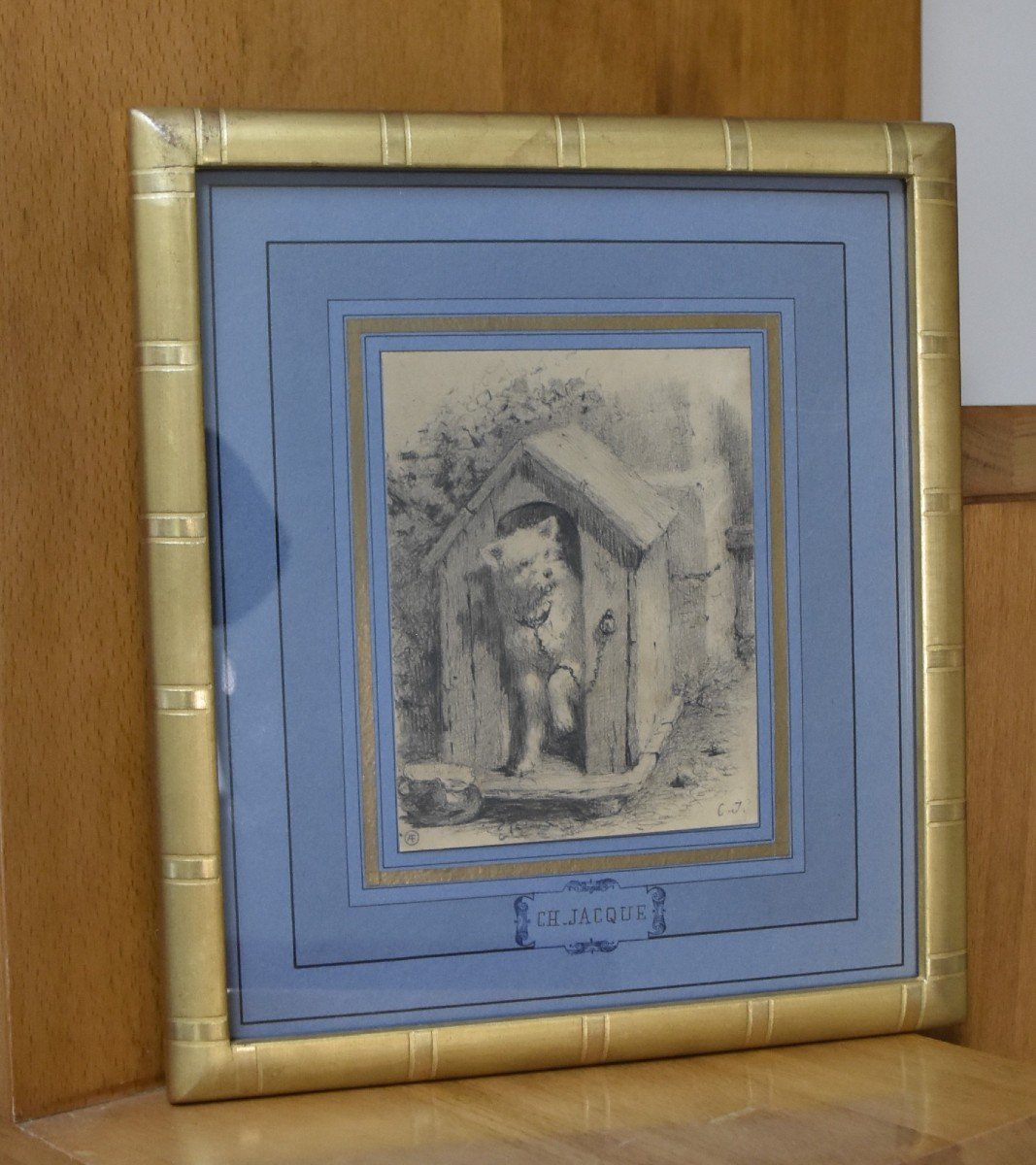













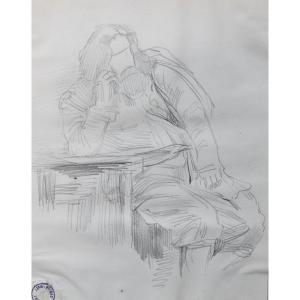

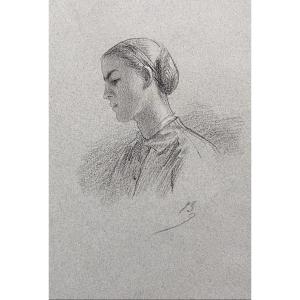
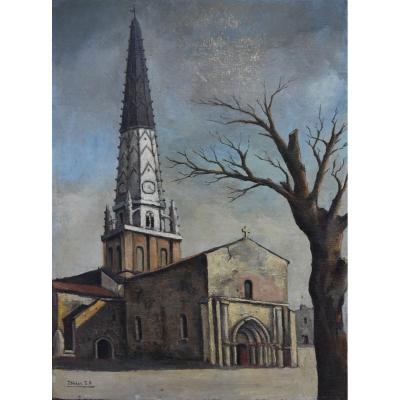
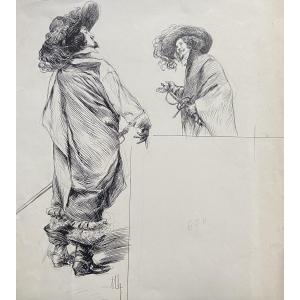

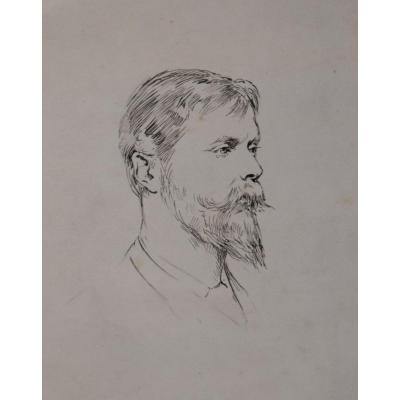


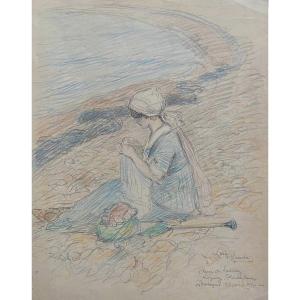



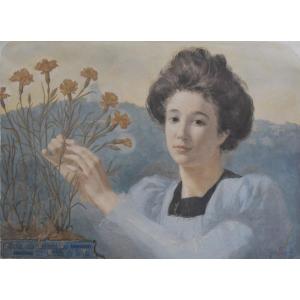
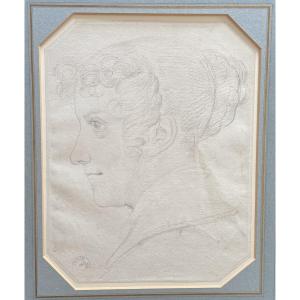
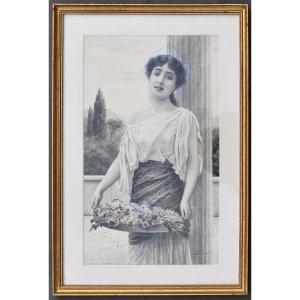







 Le Magazine de PROANTIC
Le Magazine de PROANTIC TRÉSORS Magazine
TRÉSORS Magazine Rivista Artiquariato
Rivista Artiquariato